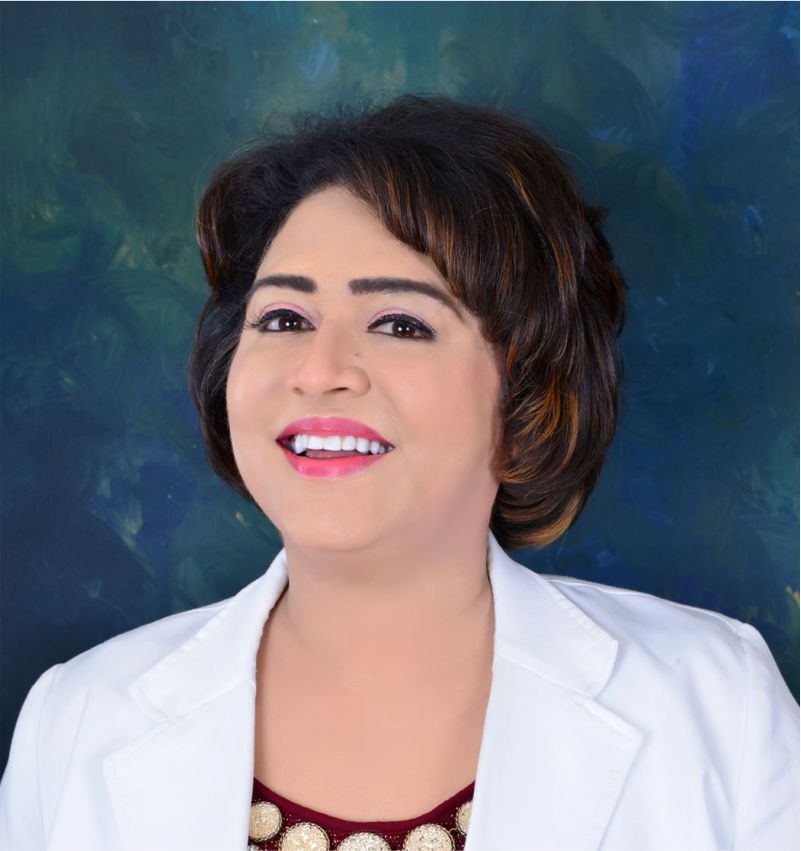Our Location
Dangratoli Chowk, Purulia Road, Ranchi- 834001

Kashyap Memorial Eye Bank, Ranchi, is devoted to combat blindness in the State of Jharkhand, by raising awareness on Eye Donation, holding Eye Screening camps, Cataract detection and surgery camps, Diabetic Retinopathy camps and restore sight to millions.
The mission of Kashyap Memorial Eye Bank translates to be:
Public education and Breaking taboo of organ donation: The Eye Bank shall strive to break the taboo of organ donation by organising Eye Donation Awareness Programs, each year to coincide with the National Eye Donation Awareness Fortnight, celebrated all over the country .
Organising Eye Camps :The Eye Bank shall on its own or in association with voluntary organisations, public and private sector companies, departments of the state government, trade and professional bodies and others, hold eye screening camps particularly for the more vulnerable sections of the society.
Creating a pool of trained manpower to reduce blindness : The Eye Bank shall strive to provide training to teachers working in government schools all over the state, in primary detection of refractive errors, detection of Vitamin A deficiency, squints, lazy eyes and cataracts.
Base Hospital Concept: At all Eye Camps conducted by Kashyap Memorial Eye Bank, patients would only be screened. Later they would be brought to the base hospital, Kashyap Memorial Eye Hospital, Ranchi, in batches, for surgery, to cut down the risk of post-operative infection and for early rehabilitation.
In 1991, Dr Bharti Kashyap and Dr Birendra Prasad Kashyap, formed The Kashyap’s Memorial Eye Bank and Charitable Trust, which got associated with Eye Bank Association of India. In 1995, the Kashyap Memorial Eye Bank got its first locally retrieved pair of eyes of Mr. H.N. Prasad who had already pledged his eyes before his demise and the First Cornea transplantation of the State was done. As early as 1996, the Eye Bank realised the need to focus on detection and removal of cataract in children, particularly those residing in the remotest parts of Jharkhand. Since then, the Eye Bank has been organising Cataract Detection Camps in the remote areas of the state and operating them with the latest technology available. The organisation started base hospital cataract surgery camps in Jharkhand in 1996 for which the Eye Bank has been rewarded by Hon’ble Governor of Jharkhand.
Let someone see the world through the eyes of your loved ones

Results of Cornea Transplantation have improved over the years with better technology and knowledge. Lamellar Keratoplasty advances have further increased the chances of longevity of graft and early rehabilitation of patients.
Bioengineered Corneas are now being developed and their behaviour in human eyes is being tested, but until then Human Donor Cornea is the only available option for Cornea Transplantation. Kashyap Memorial Eye Bank has continually motivated the people of Jharkhand for Eye Donation.
We are abreast with the latest technologies and procedures of Cornea Transplantation with a mission to provide expert services to the people of Jharkhand within the state itself.
